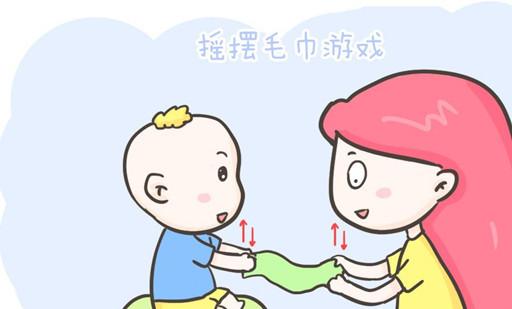You know not? If a child wants to eat watermelon, what is his brain circuit?
Mom told us that there was a freshly cut watermelon on the table – hearing;
We came to the table and picked out the reddest and biggest watermelon - vision;
We sat down and reached out to pick up the best pieces we had chosen by visually—proprioception and vestibular awareness;
As soon as you get the watermelon in your hand, there is a cold touch, which is still an ice-cold watermelon - touch;
We took the watermelon to our mouths, and a sweet and refreshing watermelon smell came to our noses - smell;
One bite down, there is no imaginary sweetness! It turned out to be just red — taste.

Each link is formed by the interweaving of various "feelings". "Feeling unity" has led to eating watermelon.
In the same way, the learning process of all behaviors is inseparable from "sensory integration"!
The full name of "sensory integration" is sensory integration ability, and "sensory integration training" is a learning process in which the brain and body coordinate with each other. Sensory integration capabilities mainly include sight, hearing, taste, smell, touch, vestibular and proprioception, which no longer play a role in our lives.
Have you ever found that the adults around you, or yourself, are a "road fool"?
Or, always lose everything? Don't tidy up your room and plan your life well?
Procrastination, laziness, irritability, inability to express emotions correctly, always "swamp slag"...
These various "personalities" and "habits" slowly eroded in the years to come, and eventually created a mediocre self.
What would you do if you go back to your childhood, starting with a blank piece of paper?
"Sensory system" can be trained! There are four key periods that sensory integration training cannot miss
Sensory system training runs through the entire 0-13 years old of the child, and the physical fitness of children of different ages is different, so the corresponding training methods are also different.
0-3 years old: it is the prevention period of sensory system training. Carry out simple parent-child games, with some appropriate sensory system stimulation, to prevent the occurrence of insufficient sensory system.
3-6 years old: It is the golden age of sensory integration training. At this stage, children have a more autonomous consciousness, have a certain sensory system ability foundation, can carry out slightly more complex, professional, targeted training, parents also need to cooperate and take care of in the process.
6-9 years old: it is a compensatory period for sensory system training. After the age of 6, the child's thinking and behavior have begun to take shape, if the child does not get a good sensory system training before the age of 6, then this period must give the child enough training time and intensity to make up for it.
9-12 years old: it is the rescue period of sensory system training. This age group is an effective period to correct the lack of sensory system ability, after exceeding this age group, the child enters puberty, the body development is basically stereotyped, and the sensory system ability is difficult to change through training.
"My kids look fine and don't need training."
wrong! Sensory integration training is not the training of special children, but the training of every child. Children with insufficient sensory integration ability are necessary to strengthen the training of sensory integration ability, but this does not mean that "there is a problem, so it is necessary to train", and the induction system training is carried out from an early age, which is precisely to improve the sensory integration ability. Parents should not delay the improvement of their children's sensory integration ability because of excessive protection of their children.
"Sensory training sounds like exercise, then take the child to run and swim more, you can do it!"
wrong! Sensory system training and physical exercise do have some overlapping similar parts, but the purpose and form of both are different. Physical exercise tendencies are more physical fitness exercises, such as running, swimming, etc.; sensory system training is from the child's processing and integration of sensory information ability to start, sensory system training in various forms, will use sports to stimulate multi-sensory stimulation, improve children's independence and participation and other abilities.
In order to enhance children's growth perception and future social competitiveness, sensory integration training is essential.